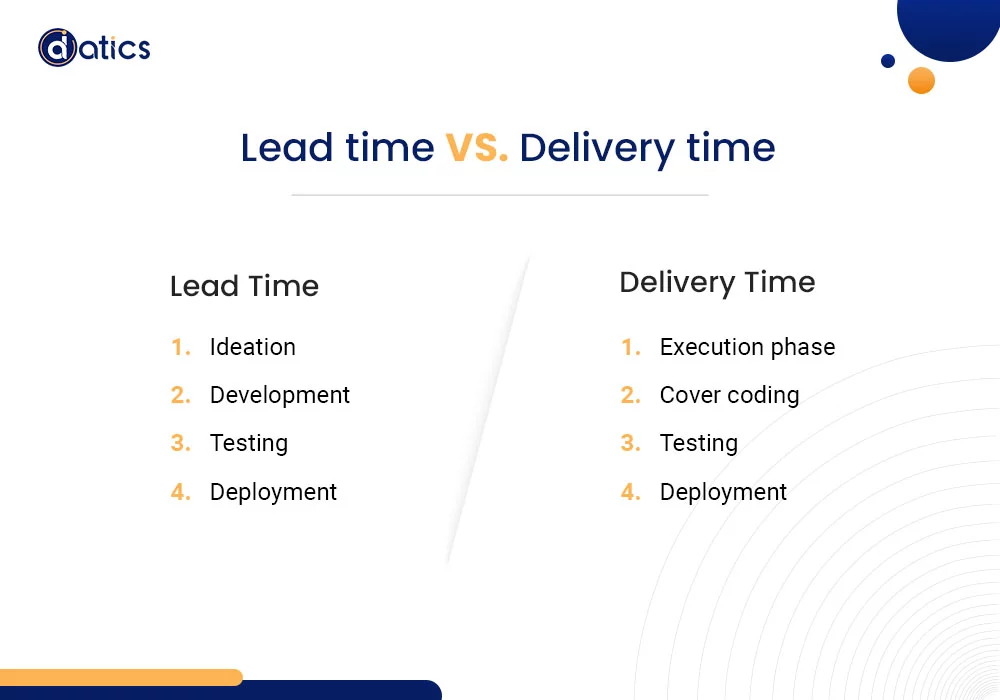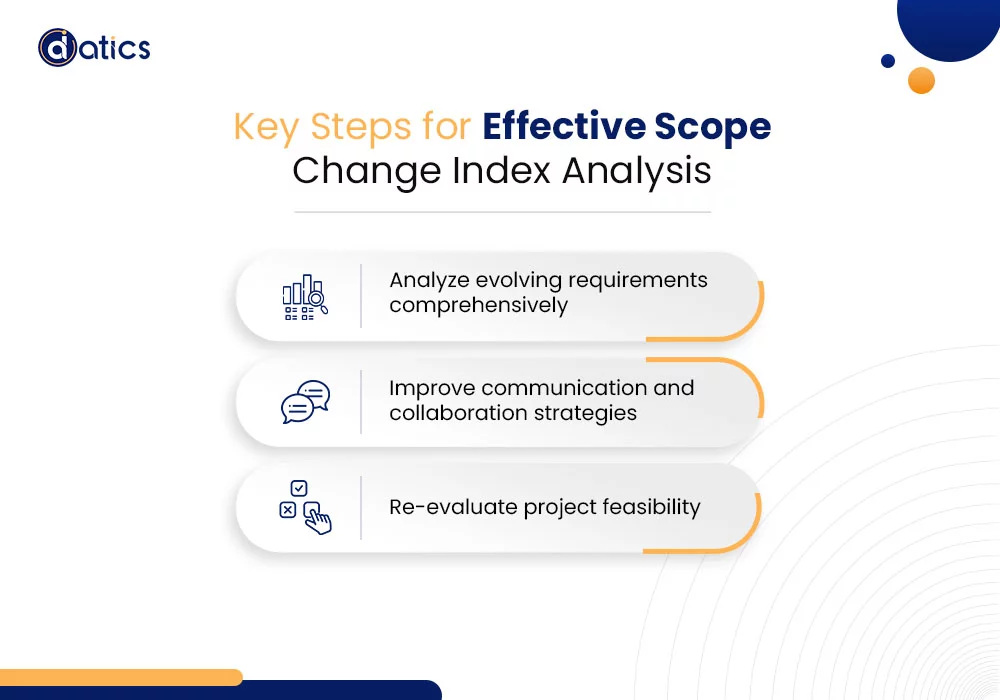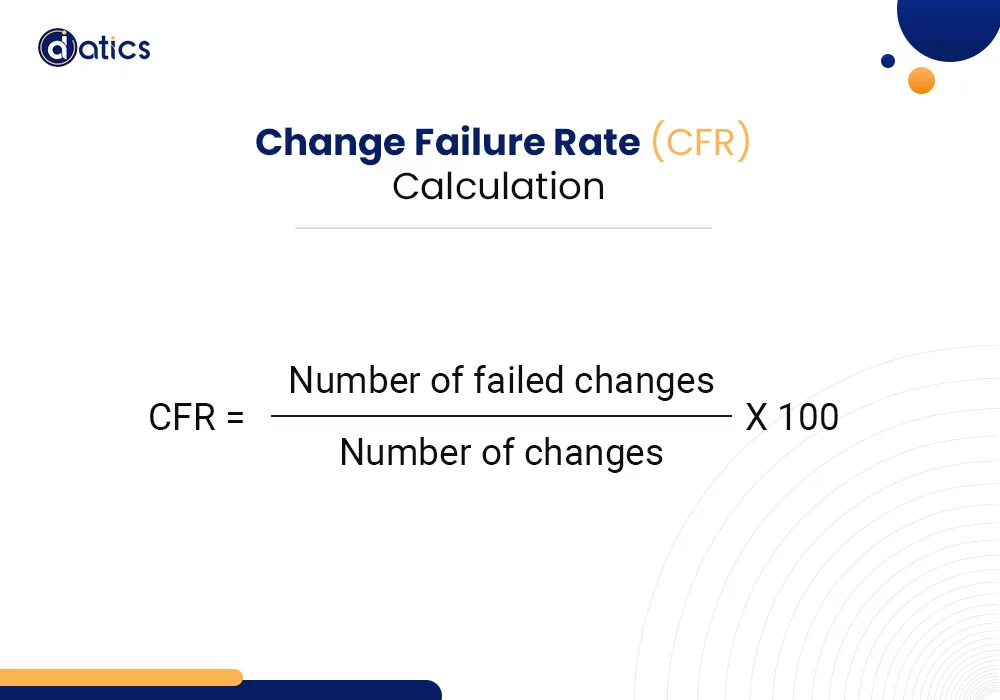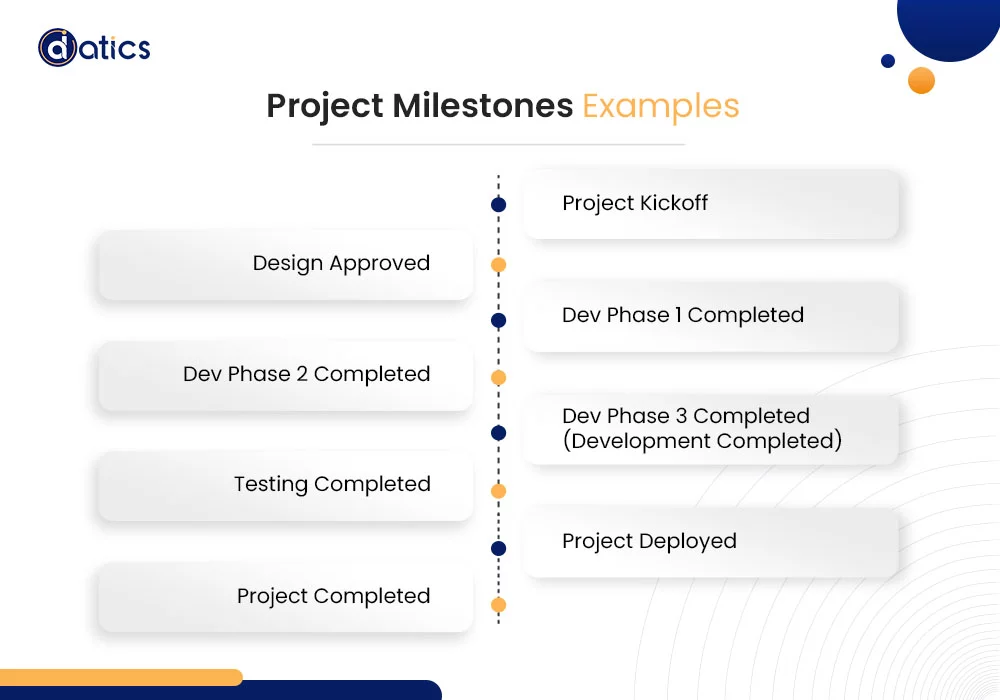
© 2024 | All Right Revered.
Ensuring the success of such outsourcing projects requires a keen focus on measurable parameters known as software development KPIs.

Marketing Strategist
A data-driven marketer passionate about empowering businesses through informed decision-making.

In today’s globalized business landscape, the practice of outsourcing software development has become increasingly prevalent, enabling companies to tap into specialized expertise and cost-effective solutions. However, ensuring the success of such outsourcing endeavors requires a keen focus on measurable parameters known as software development KPIs. These essential performance indicators serve as the compass guiding businesses in evaluating the efficiency, quality, and overall progress of outsourced projects. By understanding and strategically leveraging these software development KPIs, organizations can effectively assess the performance of their outsourcing partners, foster transparency, and ultimately achieve desired project outcomes.
Metrics for software development outsourcing play a crucial role in enabling companies to measure performance, track productivity, and efficiently manage the development process by analyzing specific data and trends. Combining their expertise with these metrics, project managers can streamline processes, create effective maintenance plans, and proactively communicate any potential issues to their teams.
The primary objective of tracking and analyzing these metrics is to assess the overall quality of the established process or final product. This comprehensive approach not only enhances the quality of work but also enables teams to anticipate a wide range of outcomes. By leveraging these metrics, software development managers can boost ROI, identify areas for improvement, effectively manage workloads, minimize overtime, and optimize costs throughout various software development projects.
Additionally, metrics serve a critical function in assessing, managing, and prioritizing problems, aiding project managers in the early detection and resolution of issues, thereby facilitating a smoother and cost-effective troubleshooting process.
Ensuring the selection of appropriate software development KPIs for outsourcing is vital, particularly in the context of evaluating and maintaining the quality of the delivered products. However, the specific process of determining the most relevant metrics varies significantly across organizations. Implementing relevant software development KPIs serves as a driving force for development teams, granting them a competitive edge. Conversely, allocating resources to track irrelevant metrics may lead to a diversion of focus from crucial aspects. While different teams prioritize varying sets of metrics and KPIs, there are several common ones that remain consistent across most organizations.
Below are the top software development KPIs to track for successful outsourcing.
Delivery time, a pivotal software development KPI, serves as a measure of the duration it takes for a vendor to complete and deliver a specific task. This metric closely aligns with the concept of lead time, which includes every step of the process from task initiation to completion.
In software development, lead time refers to all stages, including ideation, development, testing, and deployment, while delivery time specifically focuses on the execution phase, covering coding, testing, and deployment. By concentrating on the delivery aspect, this metric provides insights into the efficiency and swiftness of the development process.

A shorter delivery time signifies prompt task completion and delivery, indicative of an organized and efficient development process. It demonstrates the vendor’s ability to swiftly fulfill the task and deliver it within the stipulated time frame, thus fostering a more streamlined workflow and ensuring project success.
One significant advantage of shorter delivery times is the ability to expedite product launches, particularly critical in fiercely competitive markets where early market entry can confer a substantial advantage. Additionally, reduced delivery times contribute to enhanced market responsiveness, enabling vendors to swiftly address market demands and accommodate rapid changes, fostering a competitive edge and ensuring customer satisfaction.
Tracking delivery time as a software development KPI yields various benefits, including the identification of bottlenecks or inefficiencies that may impede the development process. Streamlining and optimizing these areas can significantly reduce delivery times, leading to heightened productivity and heightened customer satisfaction.
Quality metrics, including bug rate and test coverage, play a critical role in assessing the final product’s quality and the effectiveness of the testing process.
The Bug Rate serves as a measure of the number of defects detected in the product. A high bug rate signifies potential issues within the development process that necessitate immediate attention and resolution.
Conversely, Test Coverage evaluates the scope of testing conducted on the software, indicating the percentage of total functions or lines of code that have undergone testing. A high coverage percentage indicates the thorough implementation of a robust Quality Assurance (QA) process, minimizing the likelihood of undetected bugs or issues.
Tracking these software development KPIs facilitates the identification of potential areas for improvement in both development and testing practices, ultimately enhancing the overall quality of the final products.
The Scope Change Index (SCI) is a vital software development KPI calculated by monitoring the frequency and impact of scope changes over the project’s duration, typically scaled from 0 to 100. Higher values signify a more significant and frequent occurrence of scope changes, potentially indicating challenges within the project’s management.
Regular monitoring of the SCI enables the identification of patterns or trends in scope alterations, facilitating proactive measures to minimize their adverse effects. This proactive approach may involve conducting comprehensive analyses of evolving requirements, enhancing communication and collaboration strategies, and re-evaluating the project’s overall feasibility.

A high SCI often points to the necessity for improved project planning, stakeholder engagement, and risk management processes. It can also underscore the significance of clearly defined project objectives and requirements, along with stringent change control protocols.
Ultimately, maintaining a balanced SCI is critical for ensuring efficient project management, meeting project deadlines, and delivering a high-quality end product.
Change Failure Rate (CFR) represents the proportion of system changes leading to failures or issues, serving as a vital software development KPI. High CFR values often signal potential challenges within the development process, emphasizing the need for robust testing procedures and enhanced quality assurance practices.

Monitoring CFR on a regular basis enables teams to detect recurring patterns in change failures, allowing for quick resolutions and the implementation of measures to improve product stability and reliability. This may involve optimizing quality assurance practices and implementing comprehensive error detection mechanisms that ultimately reduce the frequency of failures and ensure smoother deployment of changes to the production system.
By emphasizing proactive measures, teams can not only minimize downtime but also enhance overall system performance, ensuring a seamless and efficient development process.
Cost Variance is a significant software development KPI that quantitatively evaluates the financial performance of a project. By comparing actual costs to the budgeted costs of outsourcing, it provides valuable insights into the project’s financial management effectiveness.
A positive variance signifies that the actual costs are lower than the budgeted ones, reflecting efficient cost-saving measures, optimal resource allocation, or successful negotiation during the agreement process. It reflects commendable cost control and can be perceived as a favorable outcome.
A negative variance, on the other hand, indicates that actual costs exceed the budgeted amount, indicating potential issues such as unexpected expenses, inefficient processes, or scope creep. It highlights the need to address potential inefficiencies or issues in cost control.

Regularly monitoring cost variances throughout the project’s lifecycle facilitates the identification of cost deviations and allows for timely corrective actions to realign costs with the planned budget. This approach contributes to maintaining financial stability, meeting project objectives, and ensuring stakeholder satisfaction.
The cost variance KPI serves as a crucial tool in effectively tracking and managing costs, ensuring adherence to the allocated budget, and successful project delivery.
Commonly known as “Milestone Compliance” or “Milestone Achievement”, this software development KPI evaluates a project’s successful adherence to predetermined milestones within the designated timeline. Monitoring this indicator provides crucial insights into project progress, ensuring the timely completion of essential deliverables.

Tracking milestone compliance helps identify potential obstacles hindering progress, offering valuable insights into team efficiency and process effectiveness. Delays or missed milestones signal the need for immediate corrective actions to mitigate risks and maintain the overall project timeline.
Moreover, milestone compliance fosters transparency and accountability for stakeholders and decision-makers, enabling them to evaluate the project’s trajectory and make necessary adjustments to ensure timely completion.
To effectively monitor this KPI, creating a detailed milestone schedule outlining key deliverables and deadlines, along with the use of project management tools and software, proves instrumental in ensuring successful project management.
Overall, vigilant monitoring of milestone compliance is vital for proactive decision-making, timely adjustments, and the early identification of potential risks and issues before they escalate.
Gathering and analyzing feedback from stakeholders and users serves as a fundamental software development KPI, unveiling the extent to which the software meets business requirements and user expectations. Various methods, such as surveys, interviews, and user testing, can be employed to collect this valuable information.
Insights derived from this feedback aid in the identification of performance gaps, guiding informed decision-making for software enhancements, and addressing issues highlighted by stakeholders and users.
Furthermore, this KPI offers a subjective assessment of the perceived value and efficacy of the software, providing critical feedback on user experiences and overall satisfaction.
Understanding the perceived value and effectiveness of the software holds paramount importance for sustained project success. It enables an evaluation of the technology investment’s viability and its contribution to overall business success. Additionally, it assists in prioritizing future development efforts and optimizing resource allocation for maximum efficiency.
Utilizing key performance indicators (KPIs) is essential for evaluating performance, identifying potential challenges, and ensuring top-notch deliverables. Implementing the right software development KPIs can significantly boost the success of your software development projects.
At Datics AI, we prioritize comprehensive discussions on software development KPIs with our clients at the onset to foster a mutual understanding of project objectives and performance metrics. If you’re seeking to establish an efficient software development strategy integrated with pertinent KPIs, we invite you to connect with us. Let’s collaborate to create a customized approach that guarantees the success of your software development endeavors.
Share the details of your project – like scope, timeframe, or business challenges. Our team will carefully review them and get back to you with the next steps!

© 2024 | All Right Revered.
This guide is your roadmap to success! We’ll walk you, step-by-step, through the process of transforming your vision into a project with a clear purpose, target audience, and winning features.